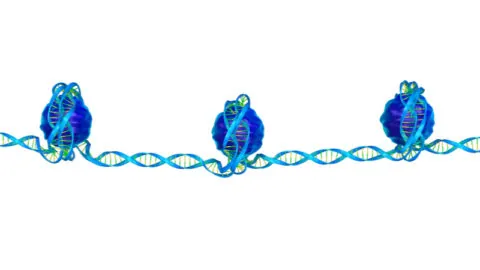June 13, 2024
Researchers publishing in Cell Stem Cell have demonstrated that genetically diseased liver cells can be taken from human beings, altered in the laboratory, and used to regrow the livers of model mice. Recreating an entire organ has its own difficulties These researchers begin their paper by discussing existing cellular therapies for multiple tissues, such as...
July 20, 2022
In a new study published in Journal of Nanobiotechnology, researchers prevented muscle atrophy both in vitro and in vivo by delivering a CRISPR-Cas9 gene editing system packaged in engineered extracellular vesicles [1]. When just using it doesn’t quite cut it Aging is accompanied by the loss of muscle mass, also known as sarcopenia, which deteriorates...
June 03, 2022
A new study published in Nature Chemical Biology has described an advancement in the use of retrons, a novel method of genetic engineering that may become superior to CRISPR technology. A new solution for an old problem The researchers begin their paper by pointing out some of the ongoing problems with existing genetic engineering technology....
April 12, 2021
A new technique allows researchers to turn epigenetic methylation off and back on again, thus allowing the silencing and unsilencing of certain genes. A CRISPR breakthrough CRISPR/Cas9 is a well-known technology for editing the genome, but its potential for epigenetic editing had never been previously explored. With a directed CRISPR memory writer able to methylate...
November 29, 2018
A couple of days ago, news about the first designer babies has shaken the world. A Chinese researcher, Jiankui He, and his team at the Southern University of Science and Technology of China have been recruiting couples in order to create the world’s first babies with artificially increased resilience to HIV. The embryos were modified...







